Toshiba Portégé X20W review: power, but at a price
Toshiba's latest 2-in-1 is a serious powerhouse, but it'll cost you
The Toshiba Portege X20W is a beast of a machine, with performance and battery life that quashes even Dell's excellent XPS 13. It's pricey, but if you want an ultraportable that doesn't compromise on power then the X20W will scratch your itch.
-
+
Stellar performance; Excellent screen; Lightweight; Long-lasting battery
-
-
Expensive; Cooling fans can get very loud

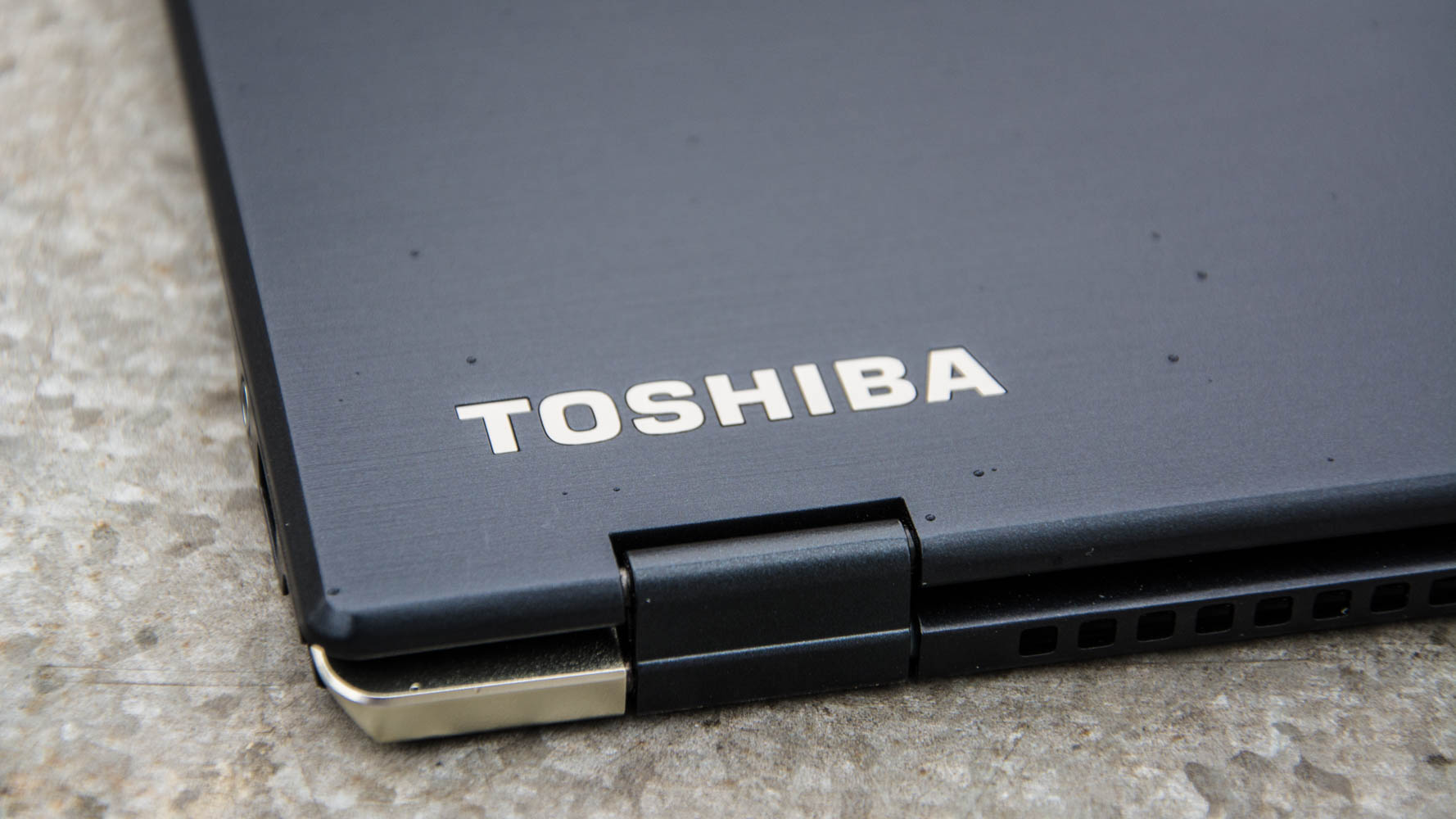
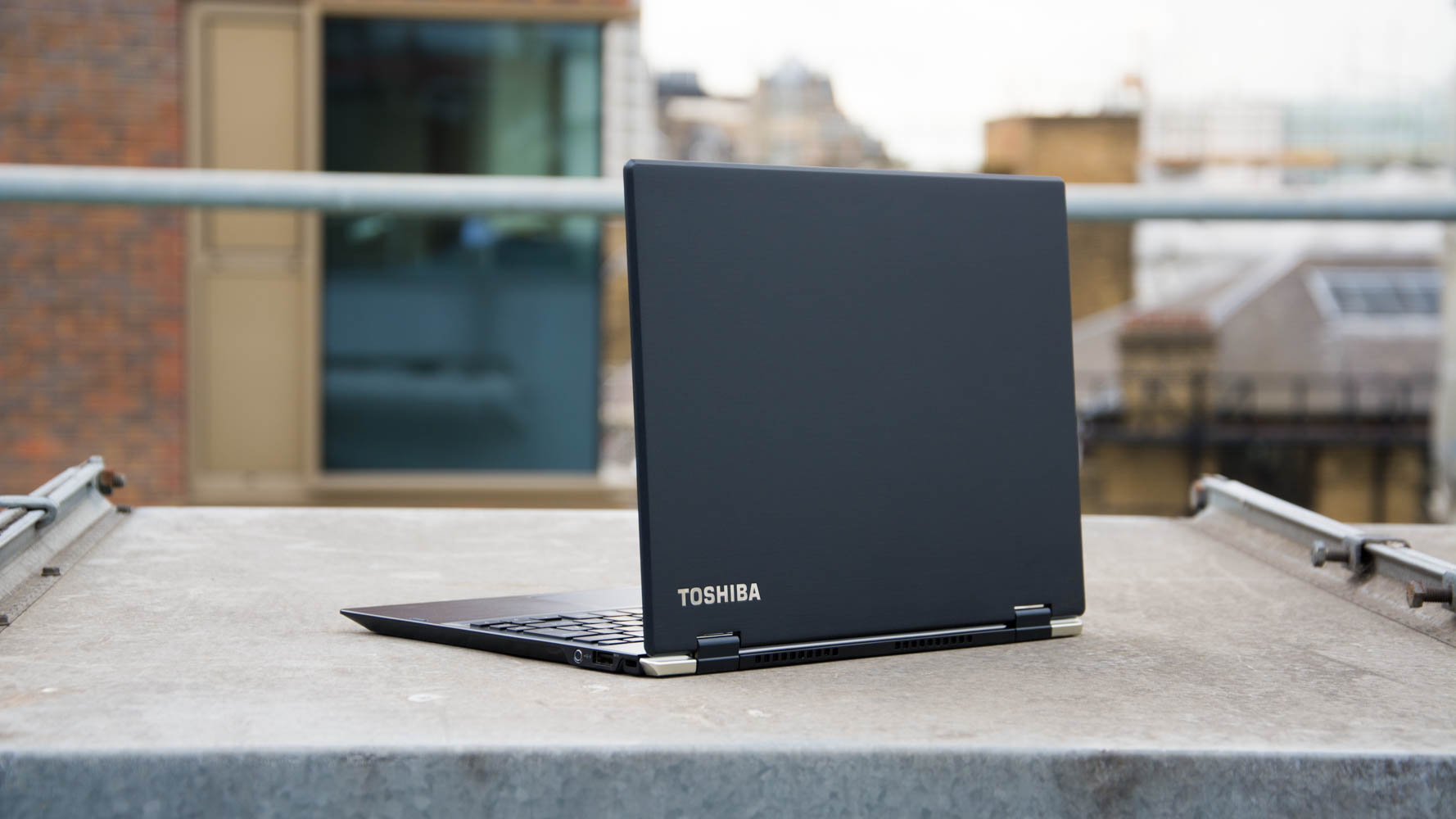
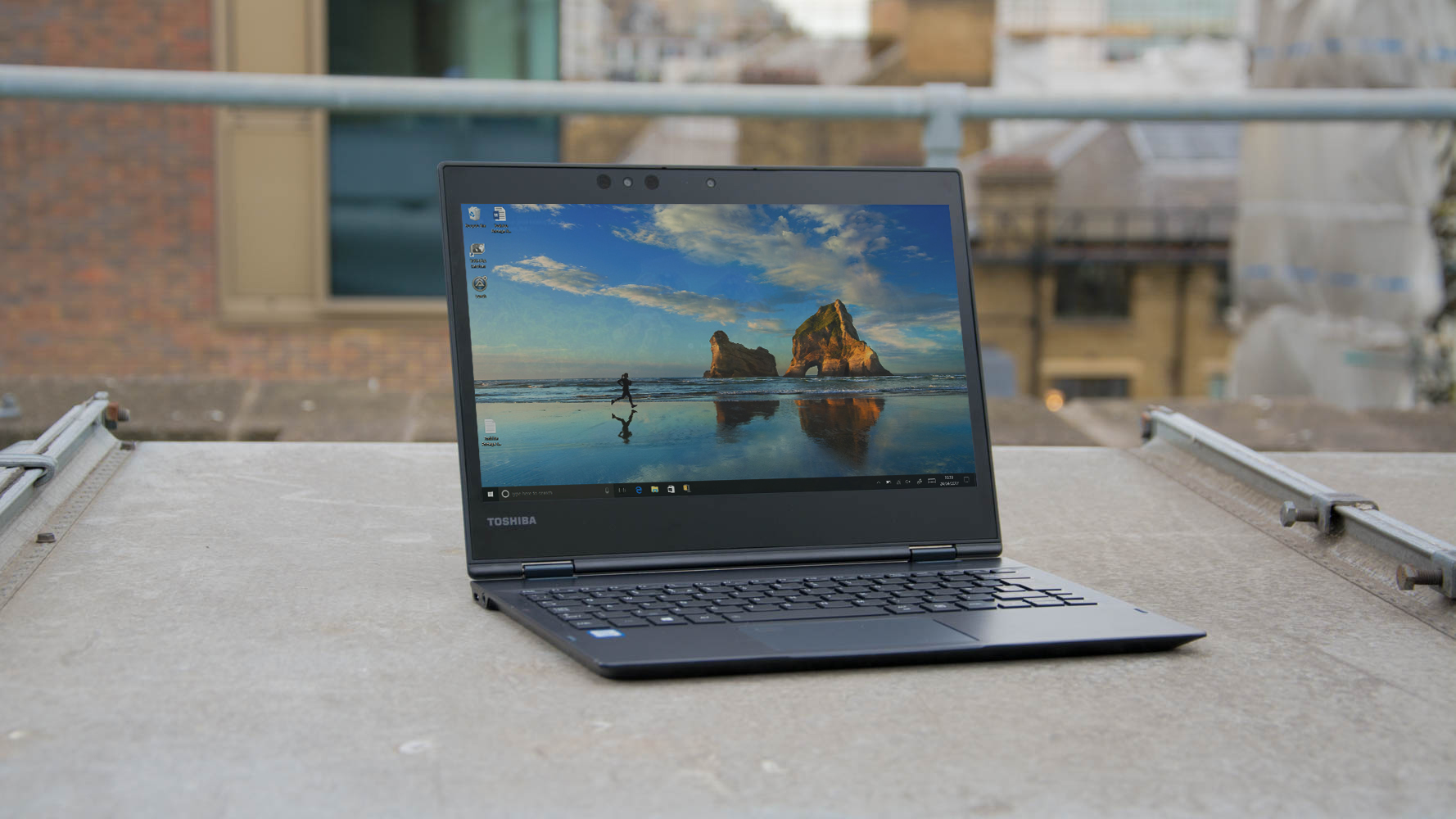
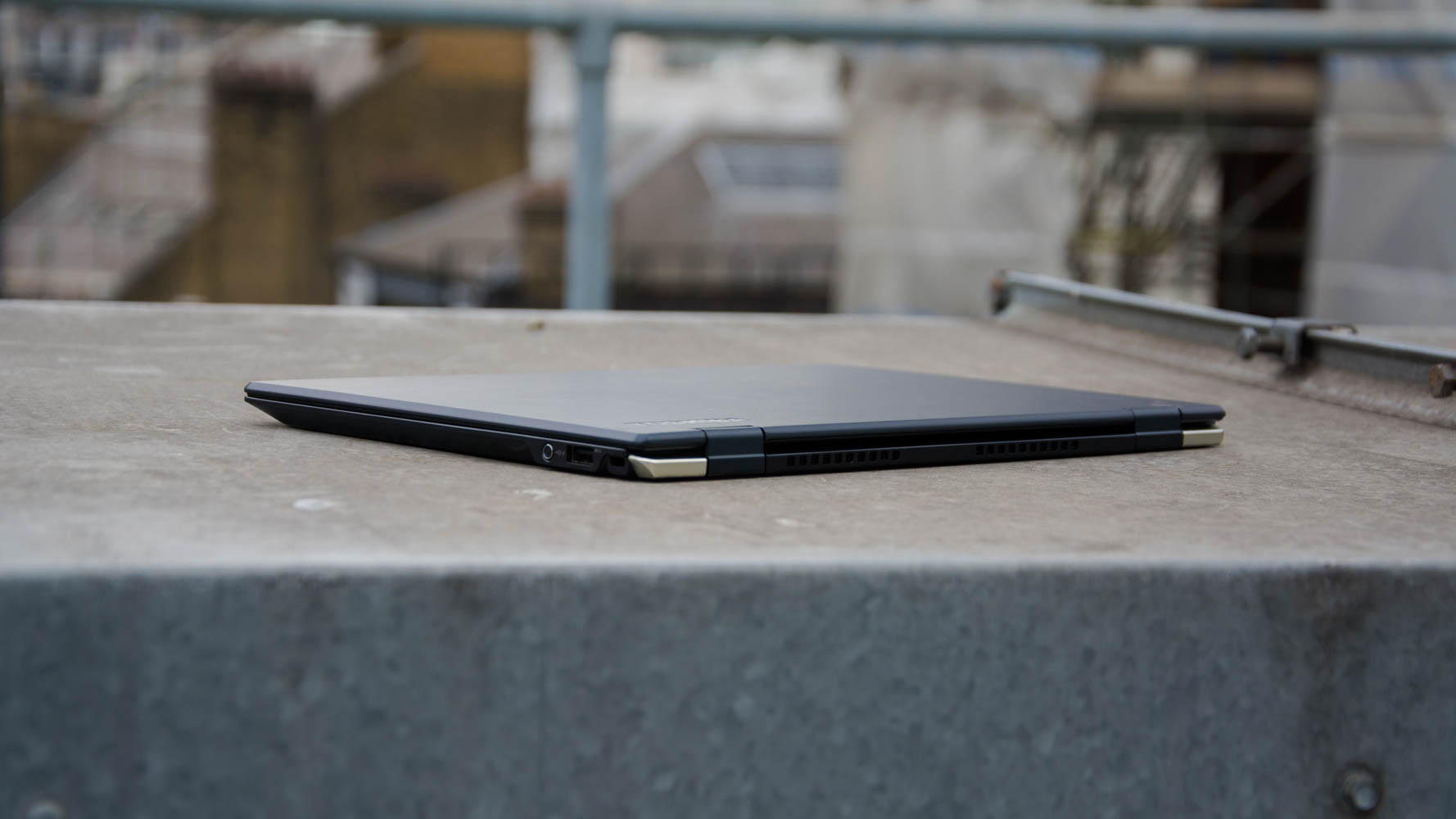
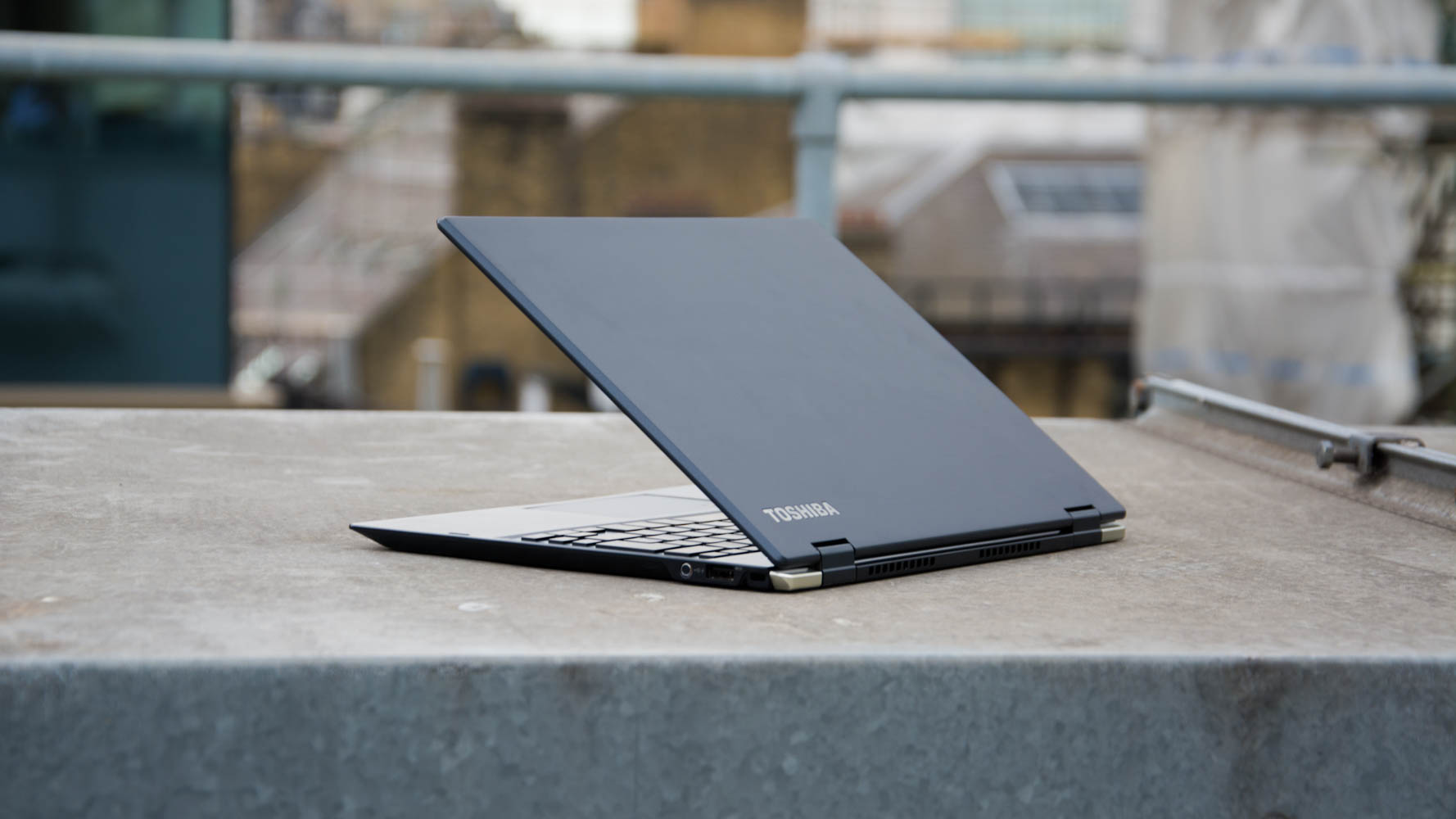
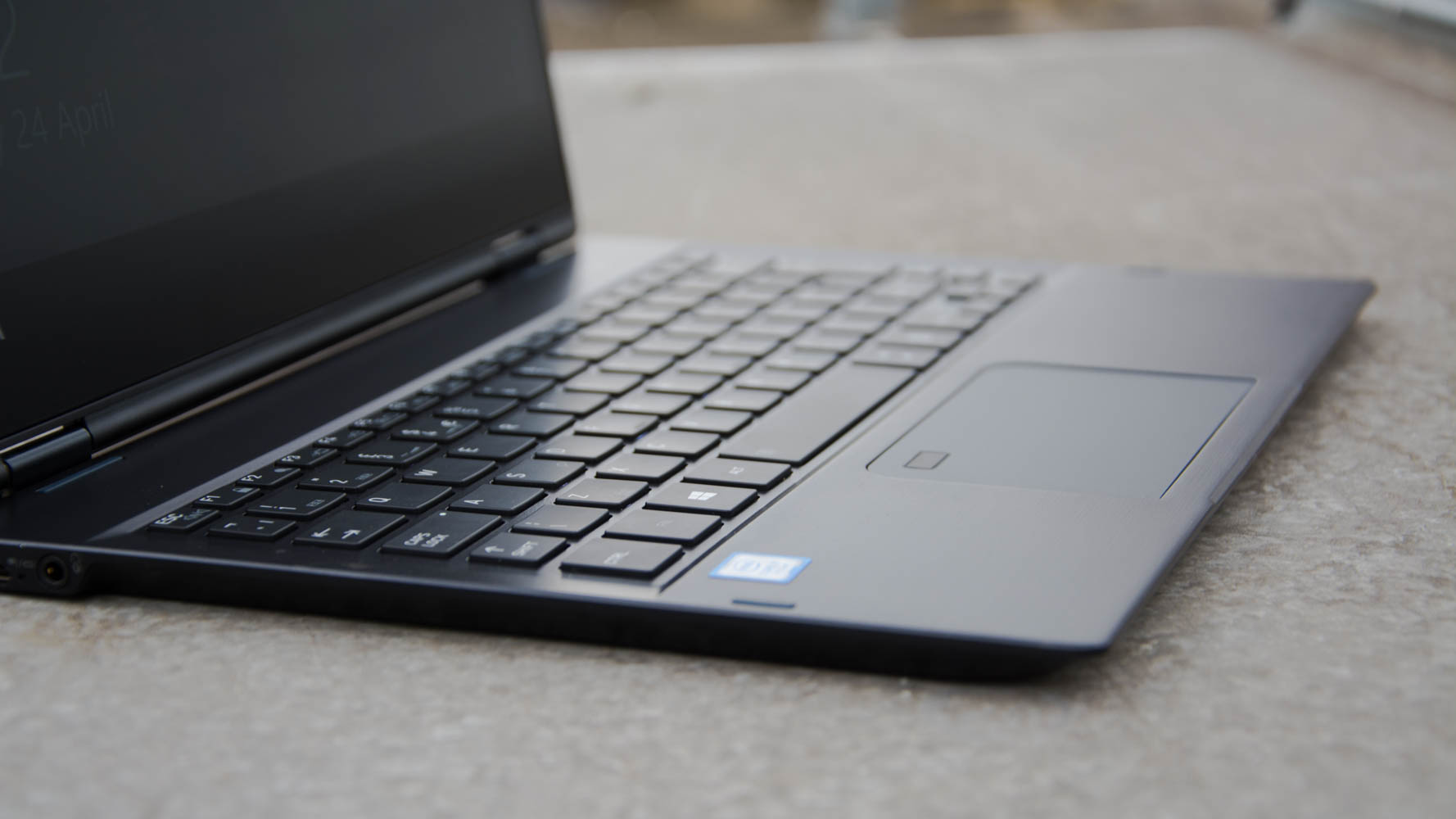
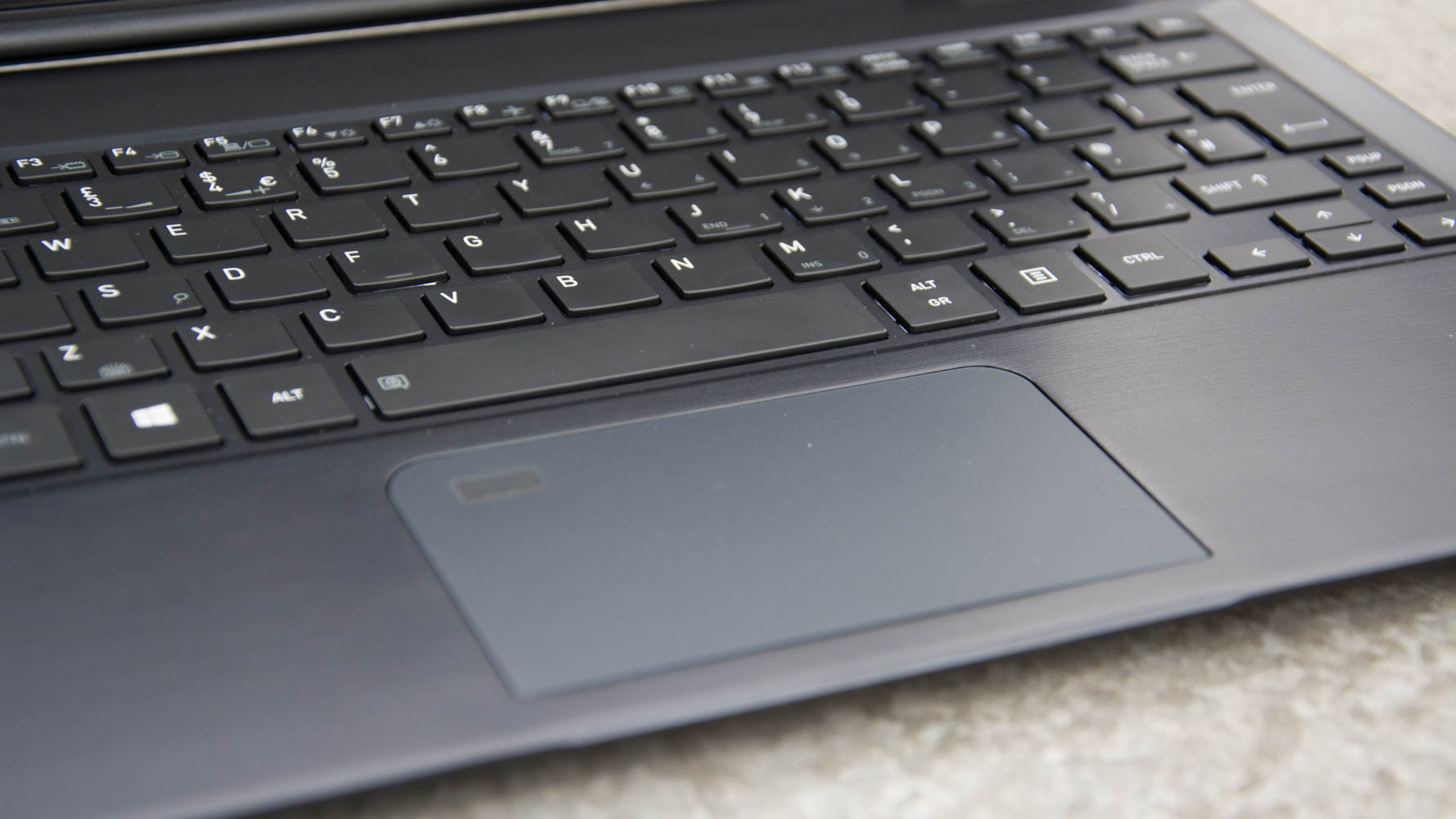
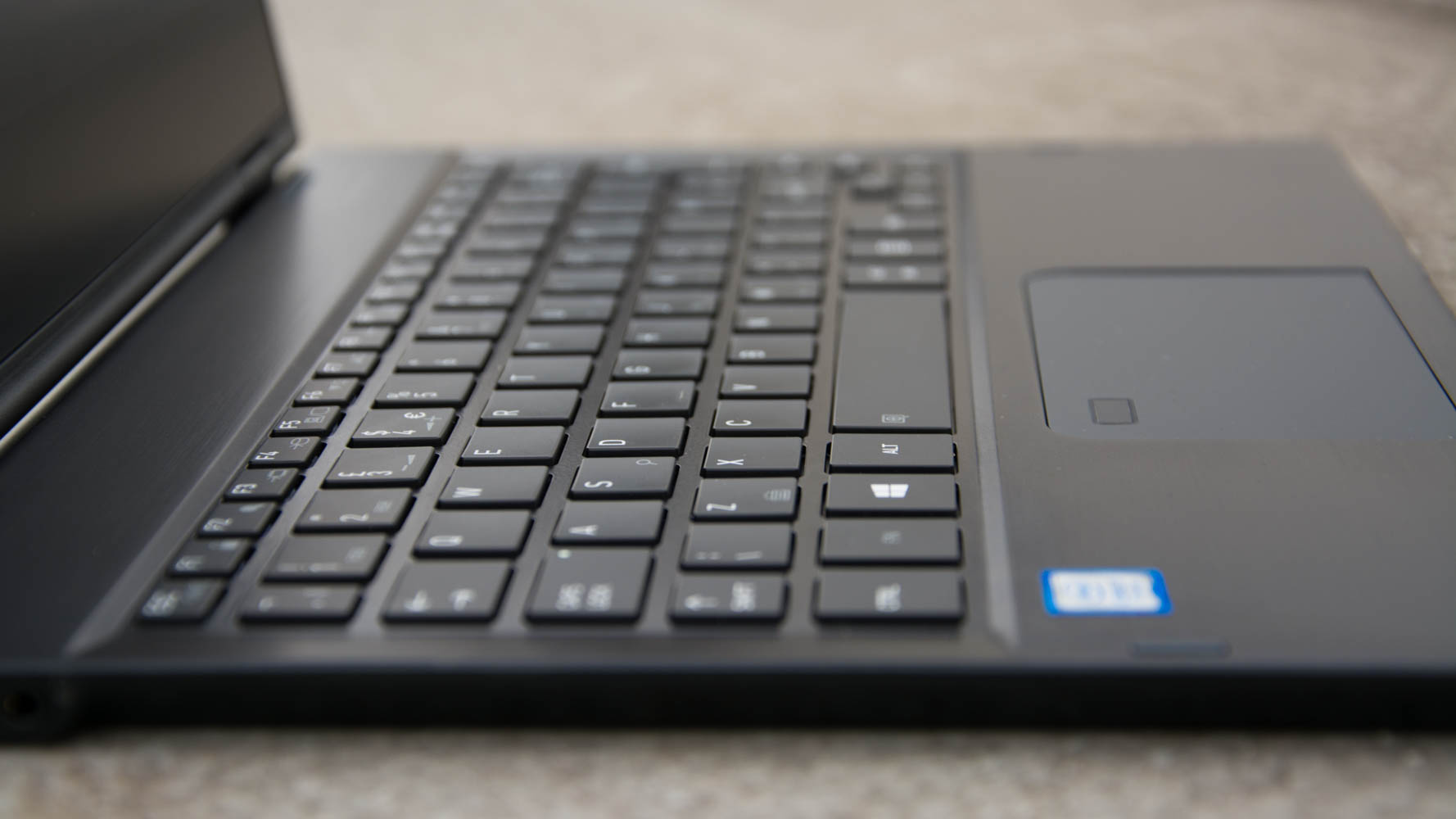
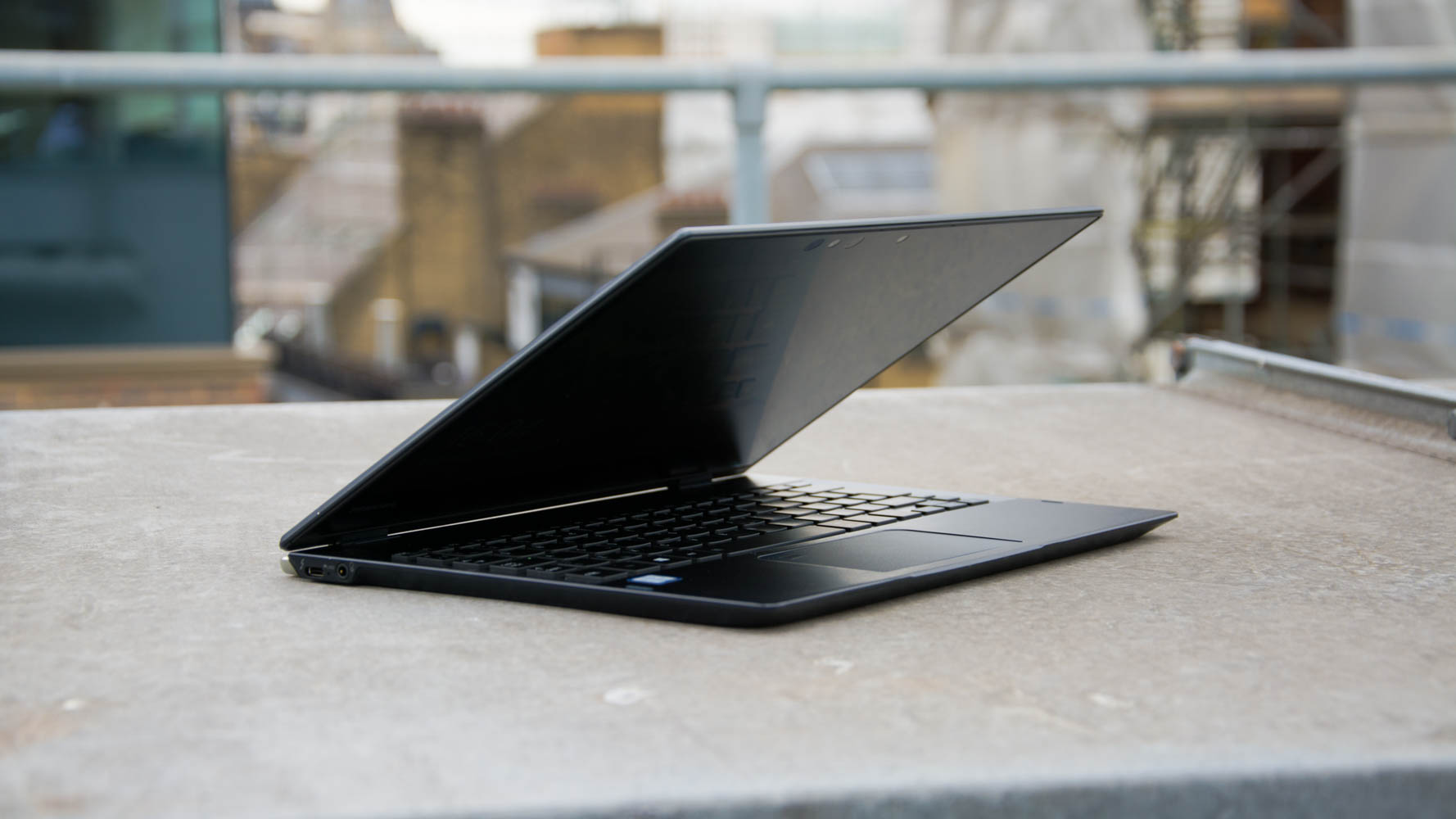
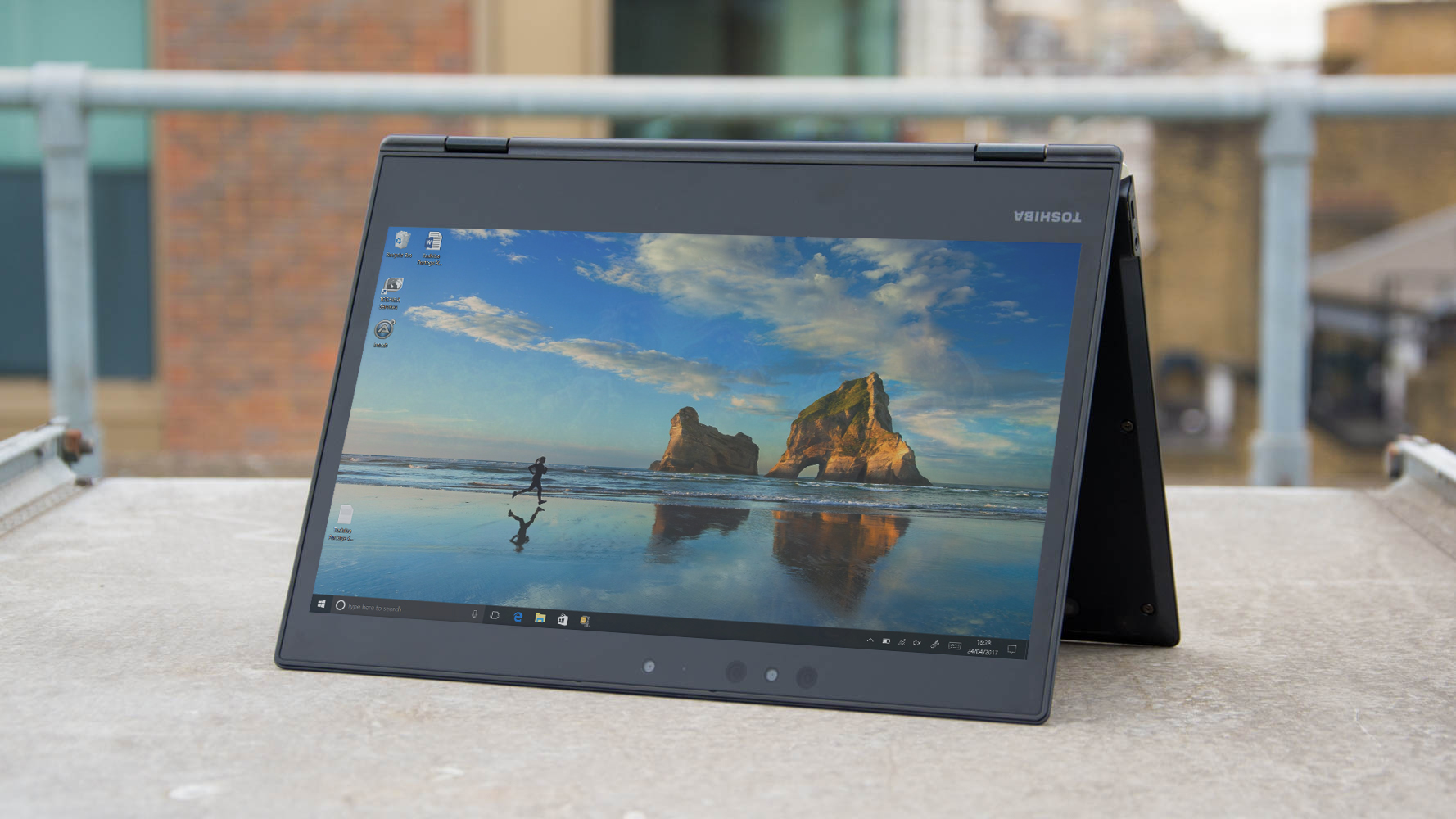
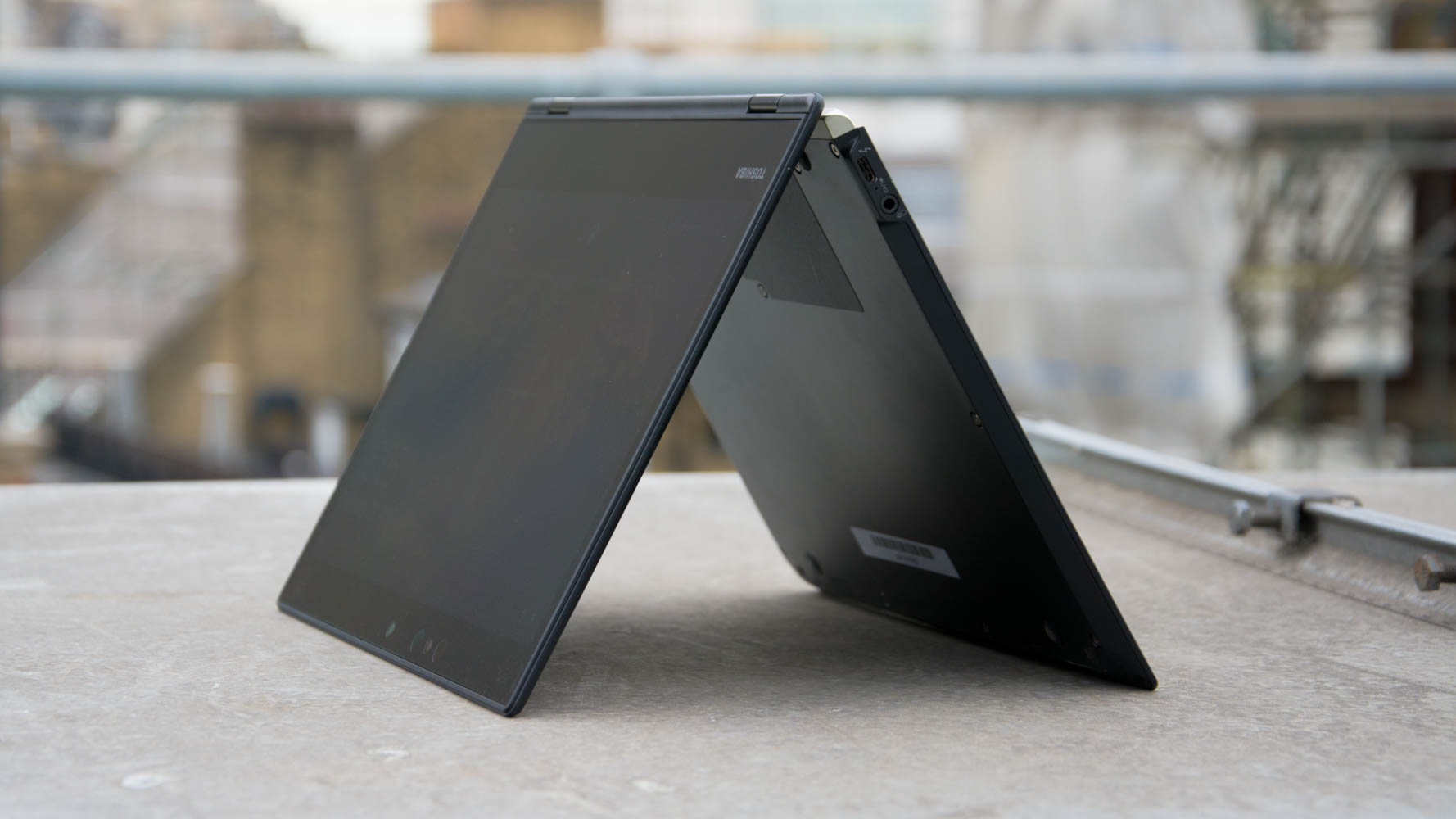
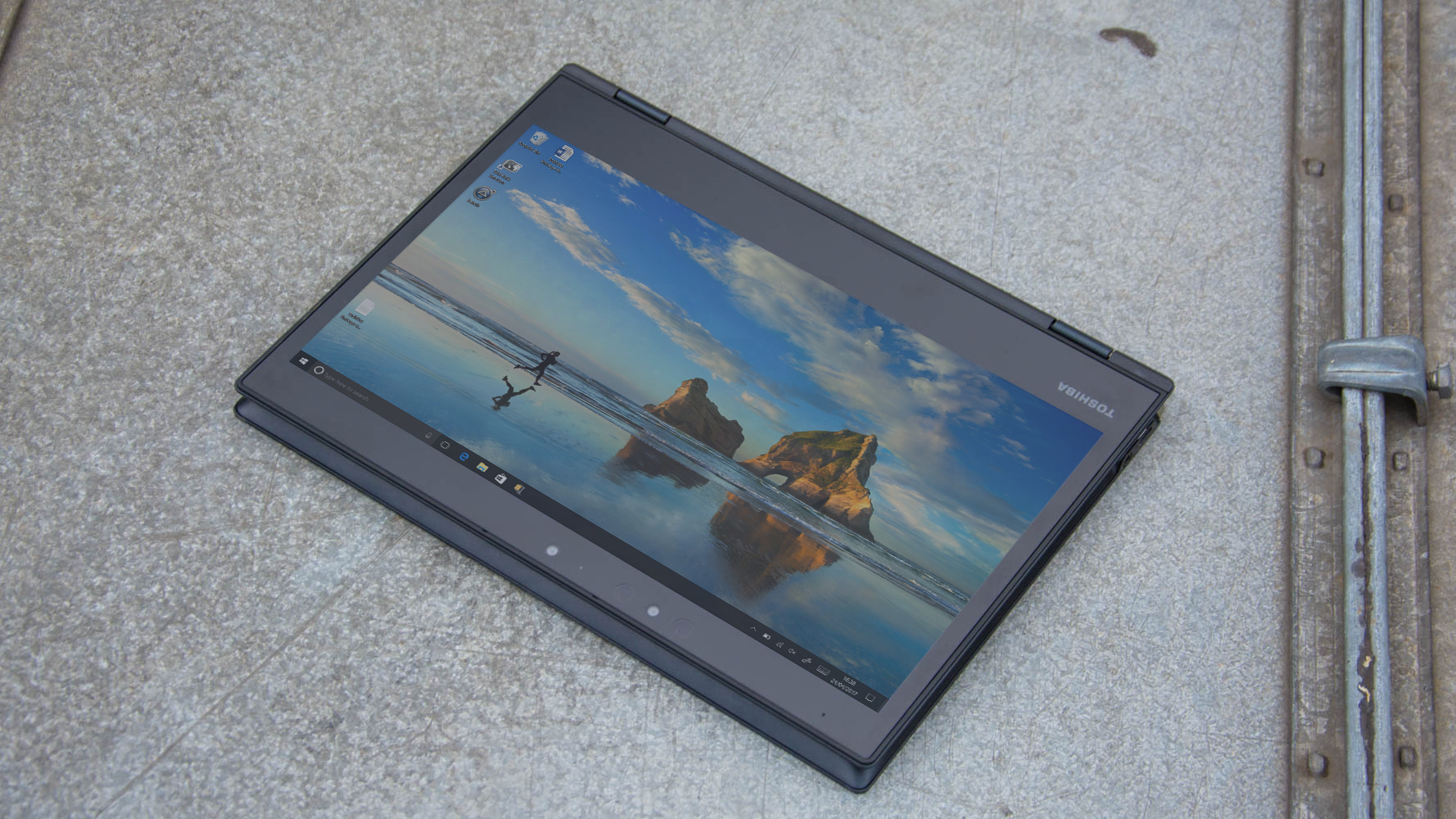
The Toshiba Portg X20 is the company's latest stab at reclaiming some of the ground stolen by Apple and others in the business-class market. This sleek 2-in-1 is packing some serious specs, including powerful internal hardware, stonking battery life and enterprise-grade biometric security. But has Toshiba done enough to muscle its way back into the business notebook arena?
Design
The Portg X20W initially looks attractive, but unfortunately the build quality isn't quite as appealing. Despite using a magnesium chassis, the Portg feels somewhat flimsy and creaky, and it doesn't have the premium sheen of some of its sturdier, aluminium-framed rivals. It doesn't feel cheap, necessarily, but it feels markedly less expensive than models like the MacBook and the Dell XPS 13.

This is a shame, because the design is otherwise good. The hinge feels sturdy with a smooth action, and once we positioned it we didn't have any worries about it shifting or falling down. Visually, it looks sleek and professional, with a brushed-aluminium effect on the black lid and keyboard surround - we just wish Toshiba had splashed out a bit more for sturdier materials, particularly given the exceptionally high price.
On a brighter note, the 1.1kg weight puts it squarely towards the top end of its bracket in terms of portability. It's far from heavy, and it won't weigh down your bag when you're out and about. At 15.4mm, it's not as thin as some of its rivals, but this also means that the Portg can fit in a full-sized USB 3.0 port and a proper Kaby Lake chip, so it's a compromise we're more than happy to make.
Keyboard, touchpad and touchscreen
Of course, like virtually all convertibles, it's a touch too heavy to be comfortably used as a tablet for any extended period of time. It works beautifully in both tent and stand mode, however, and it's not nearly as weighty as some other 2-in-1 devices we've seen.
The keyboard itself is generally good - the keys are well-spaced with decent travel depth, and we had no problems typing for long stretches with it. The only complaint we had with it is that the feedback from the keys isn't quite as crisp and defined as we would have liked, although we've seen far worse and this is hardly a deal-breaker.

The trackpad, unfortunately, is less impressive. It feels small even for a 13in laptop, and we found ourselves having to reposition our finger quite often to reach from one edge of the screen to the other. This can be alleviated somewhat by bumping the sensitivity up in the options, but the fact we had to do this at all is discouraging, particularly on a 1,400 business machine. Compared to the generous 140mm x 66mm trackpad on the Acer Swift 7, Toshiba's 100mm x 57mm offering feels somewhat miserly.
Sign up today and you will receive a free copy of our Future Focus 2025 report - the leading guidance on AI, cybersecurity and other IT challenges as per 700+ senior executives
Display
The Portg's screen isn't particularly attention-grabbing on first glance. While the matte-coated panel is well-suited to harshly-lit office environments, it lacks the razor-thin bezels that make devices like the XPS 13 so immediately attractive and its 1080p resolution is merely average rather than impressive.
Look beneath the surface, however, and you'll find a rather excellent display. The Portg offers superb contrast, a capable 354cd/m2 maximum brightness and excellent colour accuracy. There's a touch of undersaturation on the reds, but on the whole, however, the sRBG coverage is excellent, with a rate of over 95%. It really is a superb screen, and one that's as suited to photo and video editing as it is to standard office work - if you don't mind the entry-level resolution, that is.
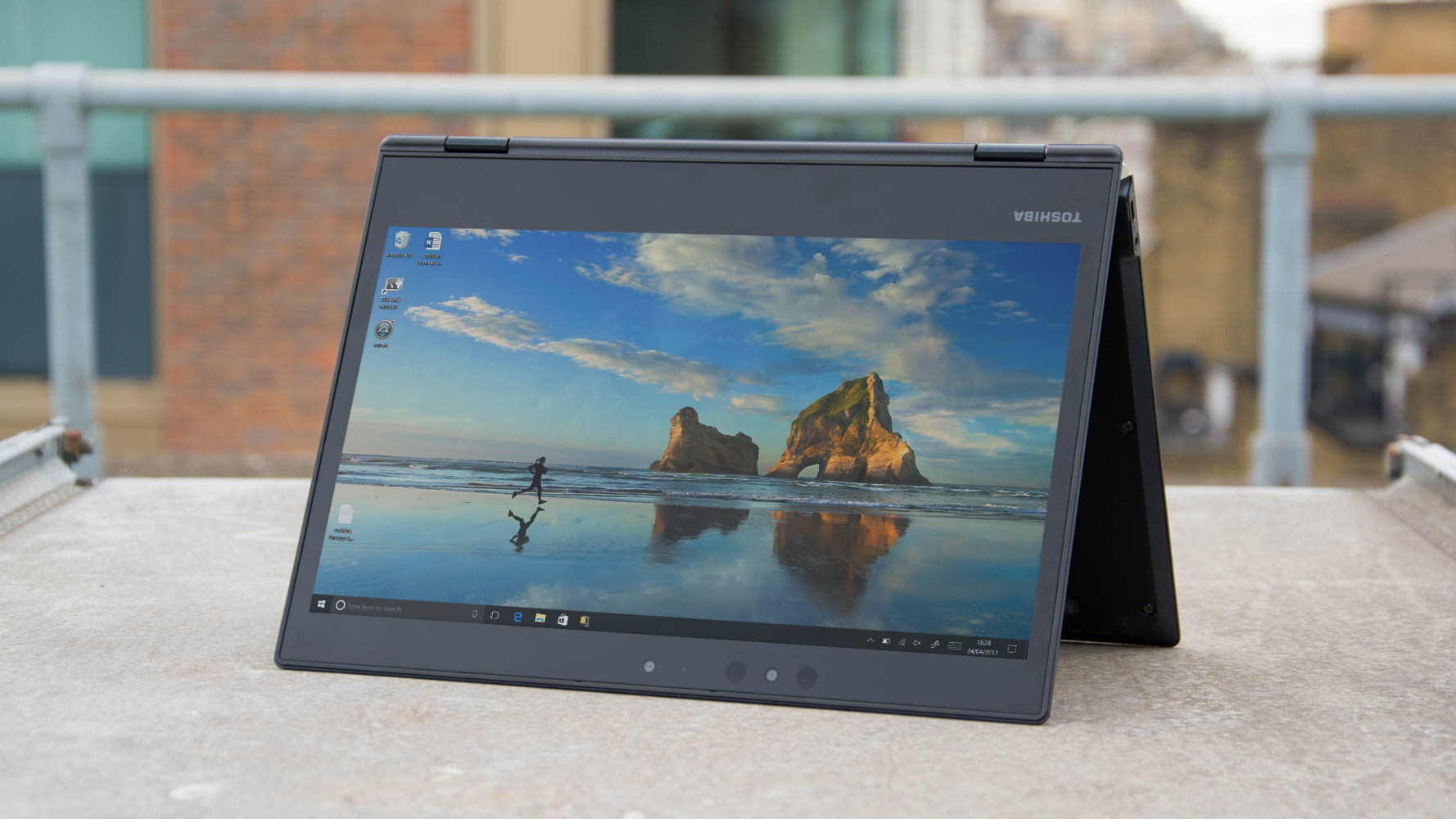
The touchscreen is smooth and responsive, with the Portg's AES stylus and palm-rejection technology ensuring that jotting down notes or sketches can be done quickly and easily. It's not quite as well-suited to graphics work as something like the Surface Book or the iPad Pro and the stylus isn't quite as fluid and natural to use as the likes of the Apple Pencil and Surface Pen, but it's perfect for quickly annotating documents or taking notes in meetings. Plus, it has the advantage of being bundled for free, whereas both of the above examples are sold as after-market extras.
Adam Shepherd has been a technology journalist since 2015, covering everything from cloud storage and security, to smartphones and servers. Over the course of his career, he’s seen the spread of 5G, the growing ubiquity of wireless devices, and the start of the connected revolution. He’s also been to more trade shows and technology conferences than he cares to count.
Adam is an avid follower of the latest hardware innovations, and he is never happier than when tinkering with complex network configurations, or exploring a new Linux distro. He was also previously a co-host on the ITPro Podcast, where he was often found ranting about his love of strange gadgets, his disdain for Windows Mobile, and everything in between.
You can find Adam tweeting about enterprise technology (or more often bad jokes) @AdamShepherUK.
-
 Trump's AI executive order could leave US in a 'regulatory vacuum'
Trump's AI executive order could leave US in a 'regulatory vacuum'News Citing a "patchwork of 50 different regulatory regimes" and "ideological bias", President Trump wants rules to be set at a federal level
By Emma Woollacott Published
-
 Microsoft Excel is still alive and kicking at 40 – and it's surging in popularity as 82% of finance professionals report ‘emotional attachment’ to the spreadsheet software
Microsoft Excel is still alive and kicking at 40 – and it's surging in popularity as 82% of finance professionals report ‘emotional attachment’ to the spreadsheet softwareNews A recent survey found Gen Z and Millennial finance professionals have a strong “emotional attachment” to Microsoft Excel
By Emma Woollacott Published
-
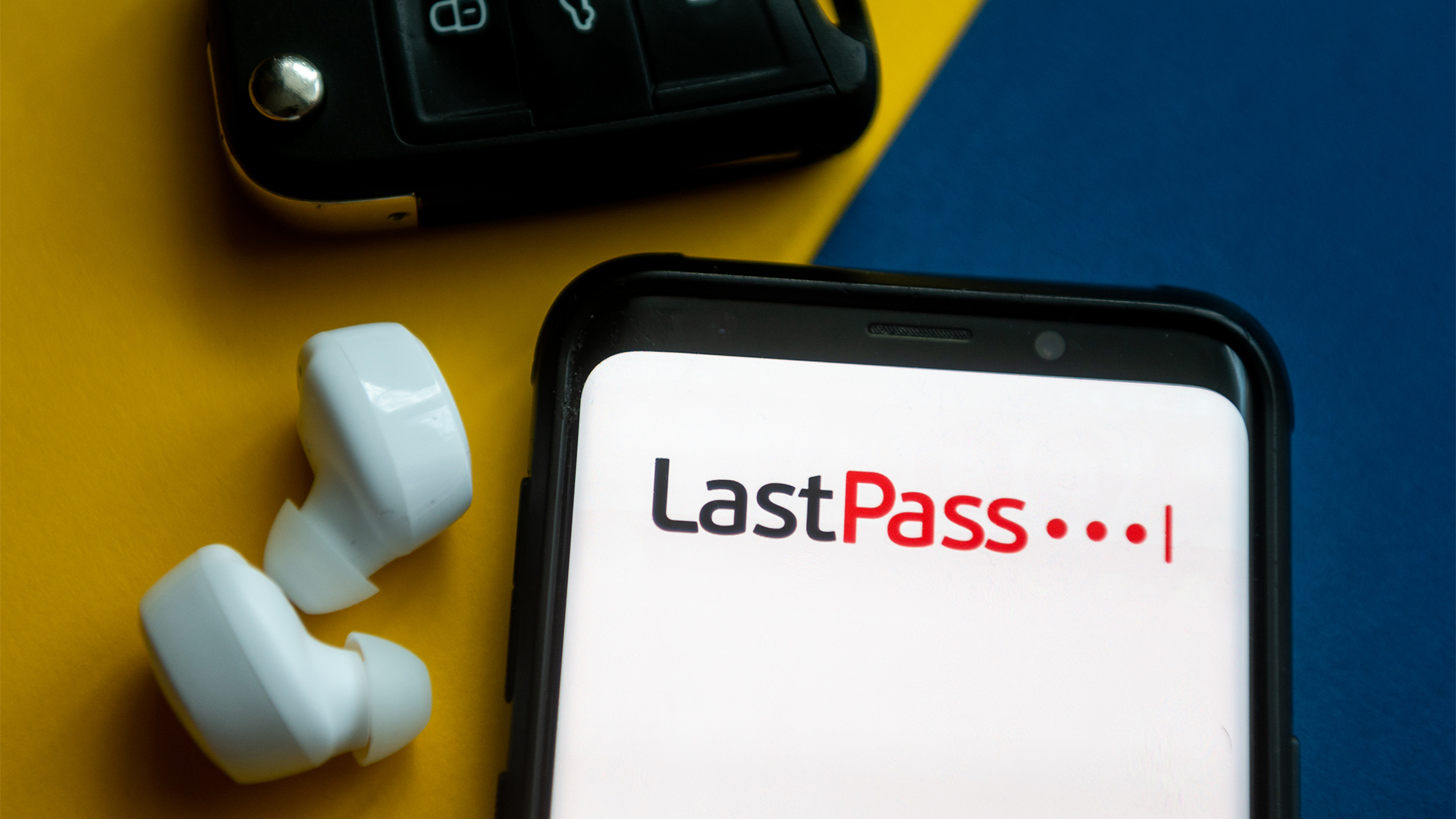 LastPass hit with ICO fine after 2022 data breach exposed 1.6 million users – here’s how the incident unfolded
LastPass hit with ICO fine after 2022 data breach exposed 1.6 million users – here’s how the incident unfoldedNews The impact of the LastPass breach was felt by customers as late as December 2024
By Emma Woollacott Published
